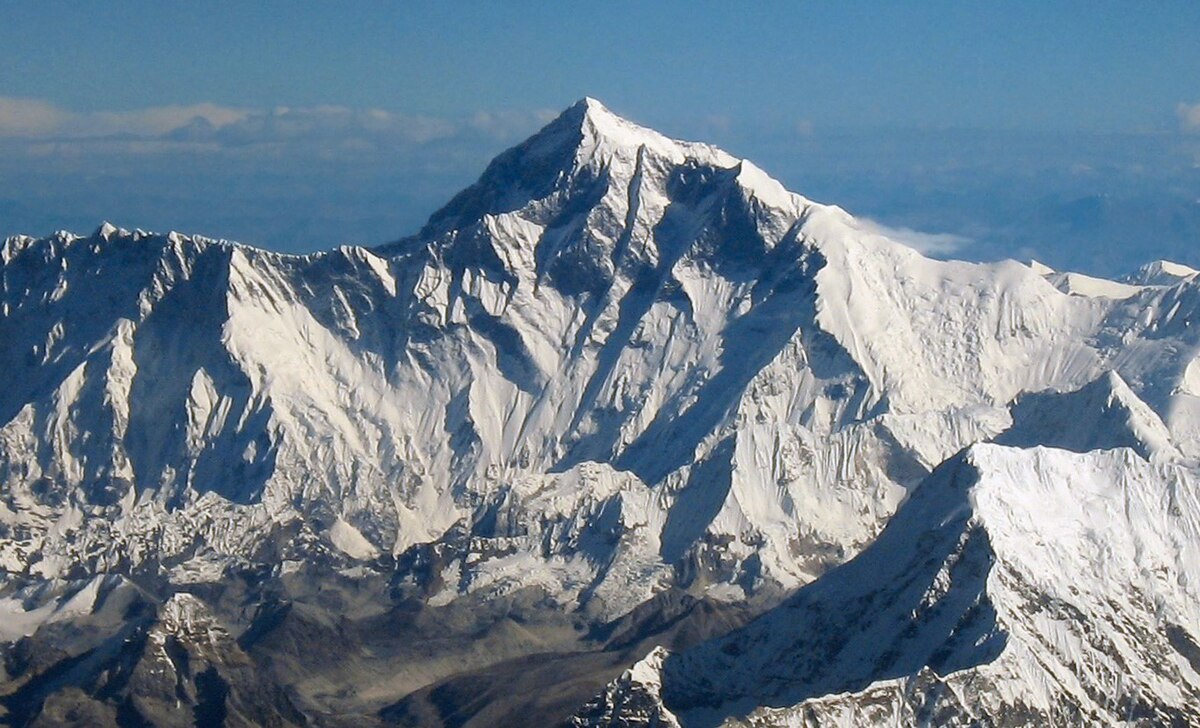Climbers typically ascend only part of Mount Everest’s elevation, as the mountain’s full elevation is measured from the geoid, which approximates sea level. The closest sea to Mount Everest’s summit is the Bay of Bengal, almost 700 km (430 mi) away. So to approximate a climb of the entire height of Mount Everest, one would need to start from this coastline, a feat accomplished by Tim Macartney-Snape’s team in 1990. Climbers usually begin their ascent from base camps above 5,000 m (16,404 ft).
It’s obvious once you think about it, but at what point would you consider it in daily life?



Here is a really good article about the topic. The gist is that typically in mountaineering, there’s not often an official definition of the “start point”, but the “end point” is back at the start, so people who die midway on the return journey don’t “count”. The “top” should be easy to define, but often, the top of a mountain is a large area, and you aren’t going to hike around looking for which part is just barely the highest. Also, some true summits are habitually avoided as sacred places to the locals.